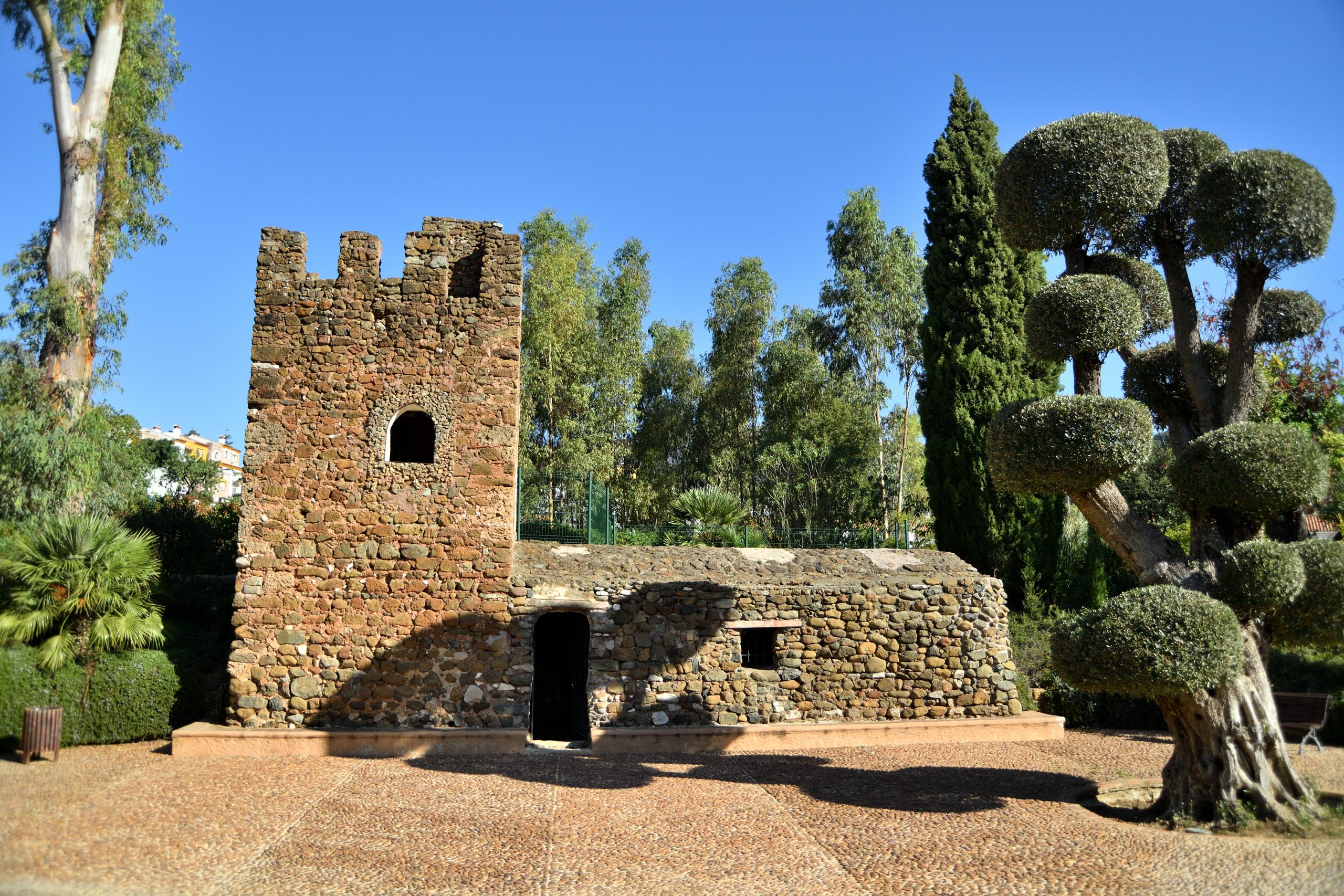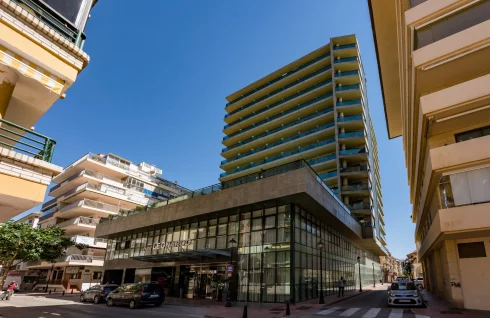WITH its lofty position high above the coast, Benahavis has long been one of the most sought after spots on the coast of Andalucia.
Its unobstructed views of over 100 kilometres of coastline and across to Africa were a prime reason why the Moors built a well fortified settlement here.
The town has its origins in the late 11th century, when it was built to support the nearby Castle of Montemayor, which was built about 100 years earlier.
Indeed, the town is named after Havis, the arabic chieftain who built the castle. Ben al Havis is Arabic for ‘son of Havis’.

The castle and town were strategically placed for the battles fought between Andalucia’s Arab kings before it eventually fell into the hands of the Catholic monarchs in 1485, as part of the Spanish Reconquista.
At the time Benahavis was a part of Marbella, but it gained its ‘independence’ in 1572 when King Felipe II granted it a Carta Puebla and it became a town in its own right.
It remained strategically important for centuries, with its location allowing for the detection of pirate raids long before boats landed on the shores.
During the Spanish War of Independence (1808-1814), Montemayor Castle was used by the Spanish troops as a strategic point against Napoleon’s army.

Located 579 metres above sea level, the ruins of what was once one of Andalucia’s greatest military gems are still home to some of the most outstanding views of the Costa del Sol.
Some of its walls are preserved in good condition as well as the Torre de la Reina, which contains remains of what were once chambers and a well.
Another five towers are still standing that were built to protect the castle and village, with the Torre de la Leonera sitting in a park of the same name perhaps the best preserved.
Spanish 20th century historian Antonio Maíz also described an entrance to a subterranean passageway, which is believed to lead to the ruins of La Boveda Roman baths of San Pedro Alcántara.
There are tales of treasures hidden in this passage, although none have ever been found.
Now, 1,000 years after Benahavis was founded, the views so prized by the watchers of the past are still highly valued, with the rich and famous buying properties away from the hustle of the coast.
READ MORE:
- The highest castle in Spain is in Cordoba
- Eagle will land to scare off pesky seagulls from Costa Blanca castle in Spain
- Front row seat to history: A tour of the Andalucian town of Ronda








